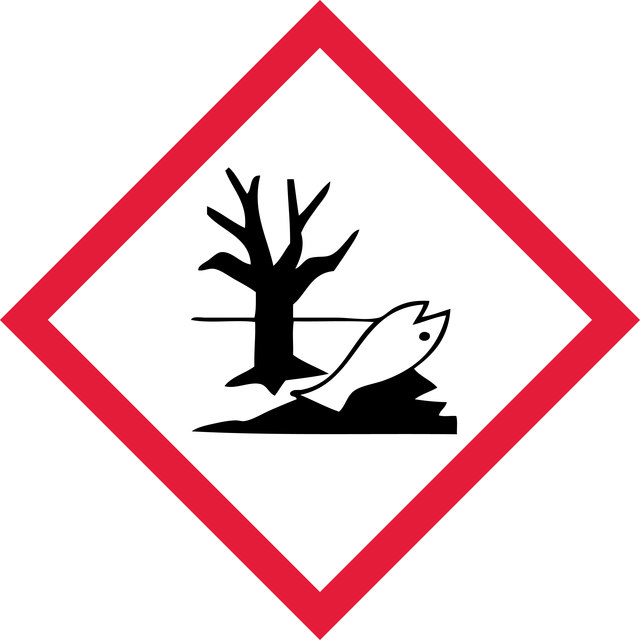755087
Cadmium(II) acetate
anhydrous, 99.995%
Synonym(s):
Cadmium(II) acetate, Acetic acid, cadmium salt, Bis(acetoxy)cadmium, Cadmium acetate, Cadmium diacetate, Cadmium ethanoate
Select a Size
About This Item
grade
anhydrous
Quality Level
assay
99.995%
form
solid
reaction suitability
core: cadmium
greener alternative product characteristics
Design for Energy Efficiency
Learn more about the Principles of Green Chemistry.
sustainability
Greener Alternative Product
mp
255-273 °C
greener alternative category
SMILES string
CC(=O)O[Cd]OC(C)=O
InChI
1S/2C2H4O2.Cd/c2*1-2(3)4;/h2*1H3,(H,3,4);/q;;+2/p-2
InChI key
LHQLJMJLROMYRN-UHFFFAOYSA-L
Looking for similar products? Visit Product Comparison Guide
Related Categories
General description
Application
- In the nonaqueous sol–gel synthesis of high-purity CdIn₂O₄ nanoparticles, which can enhance gas-sensing capacity of ethanol sensors.
- For the enzymatic biomineralization of CdS quantum dot nanocrystals, for use in optoelectronic devices such as quantum dot-sensitized solar cells
- In the room-temperature synthesis of ternary CdTeSe magic-size quantum clusters, enabling precise control over nanocrystal formation in prenucleation-stage reactions
- To cadmium selenide and related semiconductors.
signalword
Danger
Hazard Classifications
Acute Tox. 4 Dermal - Acute Tox. 4 Inhalation - Acute Tox. 4 Oral - Aquatic Acute 1 - Aquatic Chronic 1 - Carc. 1B - Muta. 1B - STOT RE 1 Oral
target_organs
Kidney,Bone
Storage Class
6.1C - Combustible acute toxic Cat.3 / toxic compounds or compounds which causing chronic effects
wgk_germany
WGK 3
flash_point_f
Not applicable
flash_point_c
Not applicable
Choose from one of the most recent versions:
Already Own This Product?
Find documentation for the products that you have recently purchased in the Document Library.
Articles
The diversity of applications and nanostructured materials accessible using ultrasonic spray methods are highlighted in this article.
Ultrasonic spray pyrolysis produces scalable nanomaterials like metal oxides and quantum dots for diverse applications.
Our team of scientists has experience in all areas of research including Life Science, Material Science, Chemical Synthesis, Chromatography, Analytical and many others.
Contact Technical Service

